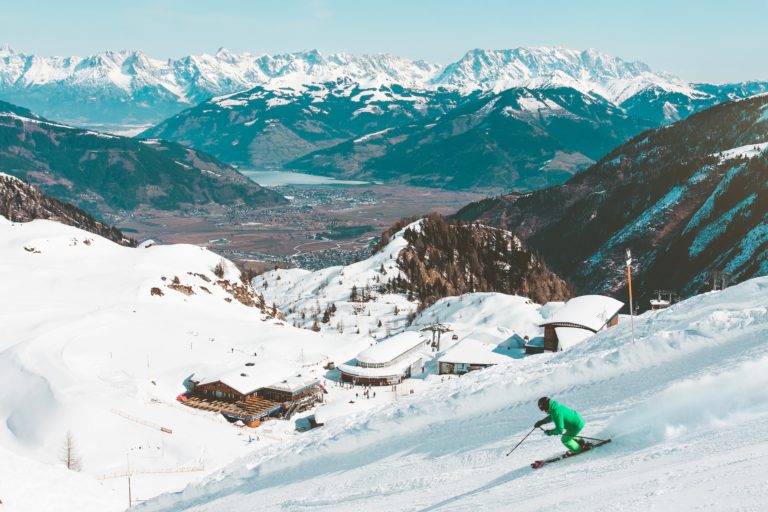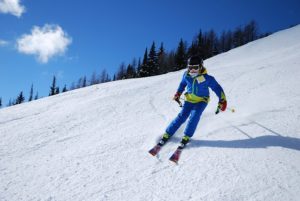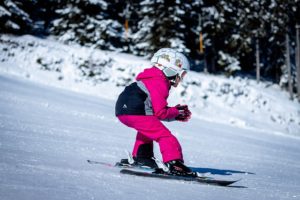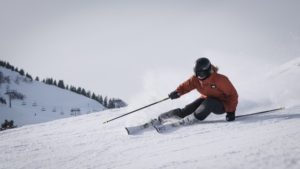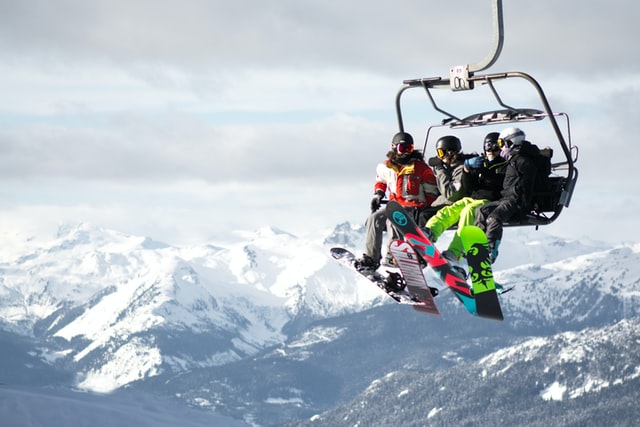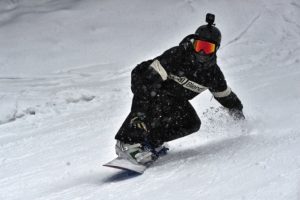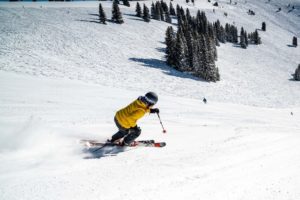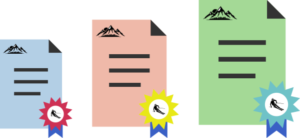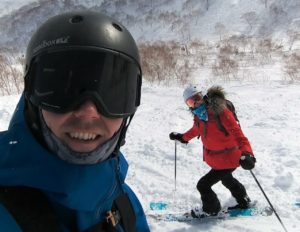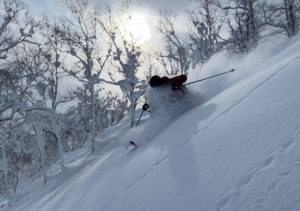Ski and snowboard instructors can work more than one winter in a single year. Many ski (and snowboard) instructors now work year round in resorts across the world. You might have only considered working for a few months, but many career instructors spend their whole year teaching skiing and snowboarding.
This can bring both added challenges but also excellent rewards. You’ll either need to move to the opposite hemisphere or teach on artificial ski slopes. We’ll go through some options available to you and considerations you should thing about.
If you’d like to know what more about life as a ski instructor, see A Day in the Life of a Ski Instructor.
Switching Hemispheres

It’s easy to forget, but the seasons are opposite for half of the world. Christmas time for somewhere like the US may invoke images of snowy houses, warm clothes and hot food. But, for places like Australia, you’ll find people at the beach sunbathing. Heading to the opposite hemisphere is a great way to work more as a ski instructor, gain more experience and training.
Working as a year round ski instructor is a fantastic way to earn more money or even make a career out of teaching. It’s great to see different types of resorts too.
Northern hemisphere winter resorts operate from around late November to early May. Southern hemisphere winter operations are from mid June to early October. This means that for the majority of the time, you can work as a year round ski instructor. There’s time in-between to visit travel, visit home or maybe pickup some temporary work.
Things to Consider
You’ll need to travel more and be able to cover the expenses of long haul flights. If you’re used to working in your home country, or close to it, this may cost more than your usual travel expenses. If you’re working in a busy ski resort and you’re sensible with your money then this shouldn’t be a big problem, but it’s worth being aware of.
Although winter operations run to the dates above, you’ll want to check with the specific resort you plan to work at for when they have teaching work. Typically, ski resorts aren’t busy at the beginning and end of the season. This is especially important if you are less qualified or experienced. In most ski resorts, when there are fewer guests taking lessons, the more senior instructors will be prioritised.
You’ll need to have a working visa for the country you plan on teaching skiing in. The most popular option is a working holiday visa if you qualify for that, otherwise you might need a visa sponsored by the ski resort. Check with the ski resorts recruitment/HR team to find out specifically what you’ll need.
Working at an Indoor Ski Slope
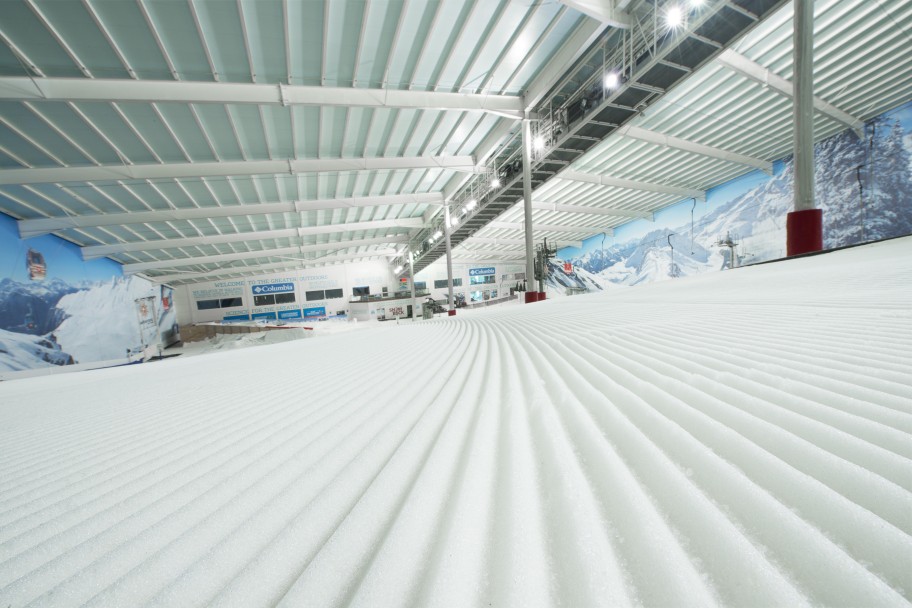
You might not have realised, but many countries have a number of indoor ski slopes. Ski instructors can work year round in these facilities, which use refrigeration and man-made snow. Snow is made by spraying out high pressured cooled water until it becomes snow. Just like many ski resorts do to top up the natural snowfall they have, or when they want to put an early season base layer down.
Indoor ski slopes are great for teaching skiing as they have consistent environments. It’s always the same temperature, same snow type and slope. So, you don’t have to worry about windy days or guests getting too cold. They are a great place to grow your ski teaching skills and are often open for longer hours than traditional ski resorts. There’s the potential to work a longer day and earn more too.
Things to Consider
Although indoor ski slopes are open year round, you might not be able to get ski instructor work straight away. Like regular ski resorts, indoor facilities are quiet just after the winter too. So you shouldn’t always expect to teach a lot at first in spring.
You might be teaching less variety working at an indoor ski slope. There certainly won’t be any powder days and there might only be one slope, compared with many at a ski resort. You should be prepared to ski the same slope a lot so truly enjoying teaching and interacting with guests is a must have quality.
Working on an Artificial Ski Slope
Artificial ski slopes are even more popular in many countries than indoor slopes. These are built outside and have a special material that you can ski on. This means they are much cheaper to build and run, so they might even have more than one ski slope.
Another great option to work as a year round ski instructor. Artificial ski slopes are great to work at and can be a great way of earning more due to their longer opening hours.
Things to Consider
It goes without saying, but it’s important, artificial ski slopes don’t have snow. It’s a different type of skiing for sure. It can take a little time to get used to sliding on the material they’re built out of. If you’re winter has been a particularly good one with great snow, this will be a big change. Make sure you love all aspects of skiing as artificial snow is very different and comes with a unique sensation.
Make sure you’re setup for success when planning to work the whole year as a ski instructor. Make sure your Resume gets you all the job offers you’ll want to travel the world as a ski instructor.

